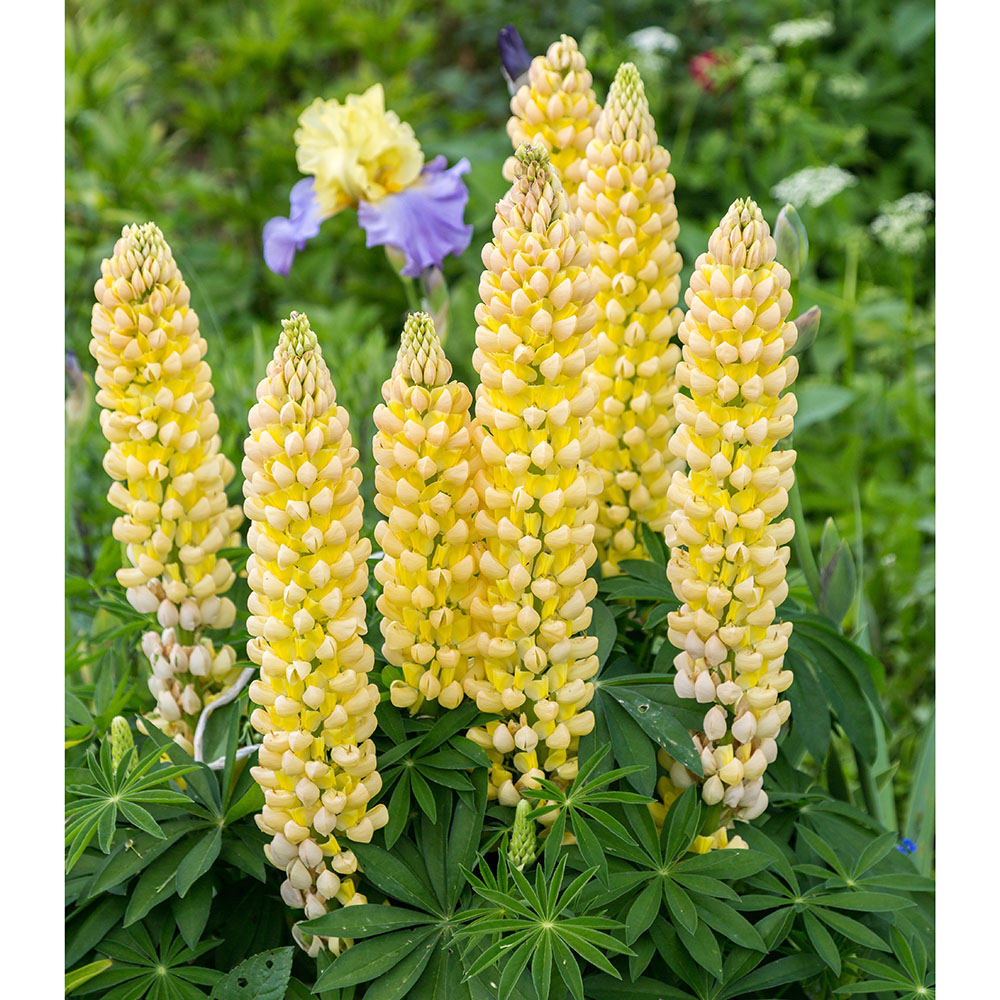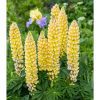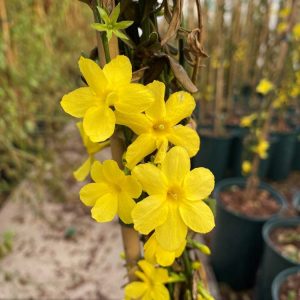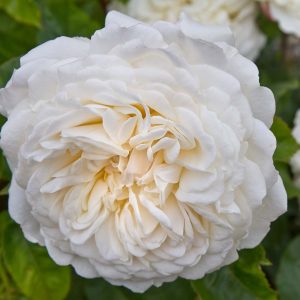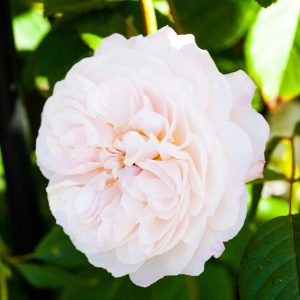Description
Lupinus ‘Chandelier’ is a herbaceous perennial plant with tall spikes of bright yellow flowers that bloom in late spring to early summer. The plant features lush, green foliage that is palmate in shape, with each leaf divided into several leaflets. Growing up to 1m in height, Lupinus ‘Chandelier’ is best planted in full sun in well-drained soil, and can be used to add vertical interest to borders or as a stunning cut flower in floral arrangements. Garden care includes deadheading after flowering to encourage a second flush of blooms and cutting back the stems after the second flowering to promote healthy growth the following year.
Key Facts
- Common Name(s):Lupin ‘Chandelier’
- Hardiness:Fully hardy through most of the UK
- How big will I get? Lupinus ‘Chandelier’ can grow to a height of 1m and a spread of 0.6m.
- Did You Know That:Lupins have a long history of cultivation and have been used for food and ornamental purposes for thousands of years.
Plant Calendar
A rough guide to how this plant will change through the year.
| Jan | Feb | Mar | Apr | May | June | July | Aug | Sept | Oct | Nov | Dec | |
| Flowering Time |  |
 |
||||||||||
| Foliage Colour |  |
 |
 |
 |
 |
 |
 |
 |
 |
| J | F | M | A | M | J | J | A | S | O | N | D |
 |
 |
||||||||||
 |
 |
 |
 |
 |
 |
 |
 |
 |
Care Guide

Soil Requirements
Lupinus ‘Chandelier’ prefers soil with good drainage and does not tolerate standing water. This plant is not tolerant of alkaline soil, it requires either a neutral or acidic soil to grow.

Best Position
Lupinus ‘Chandelier’ can handle either an exposed or a sheltered position and can cope with either full sun or partial shade.

Maintenance
Lupinus ‘Chandelier’ should be deadheaded regularly to promote new flowers coming through. This will prolong the flowering period of the plant as it saves the energy that the plant would have put into producing seeds and allows it to produce more flowers!

Pest, Diseases and Wildlife
Lupinus ‘Chandelier’ can have problems with slugs and snails, it can be vulnerable to certain diseases such as powdery mildews and leaf spot. It is also known to attract bees. It is toxic to cats, dogs, horses and people.
